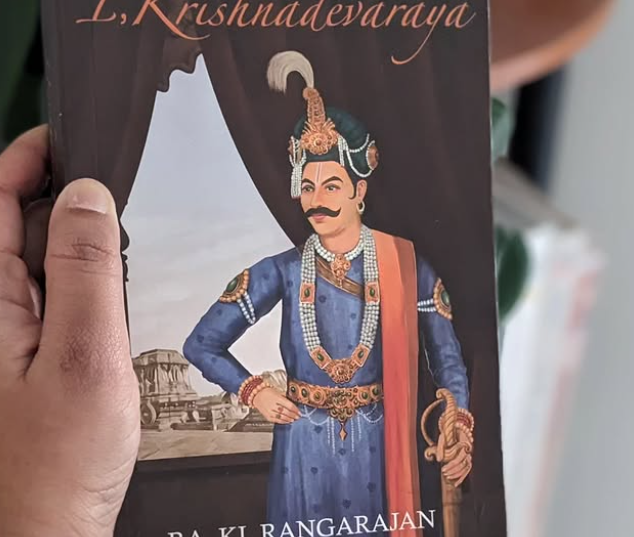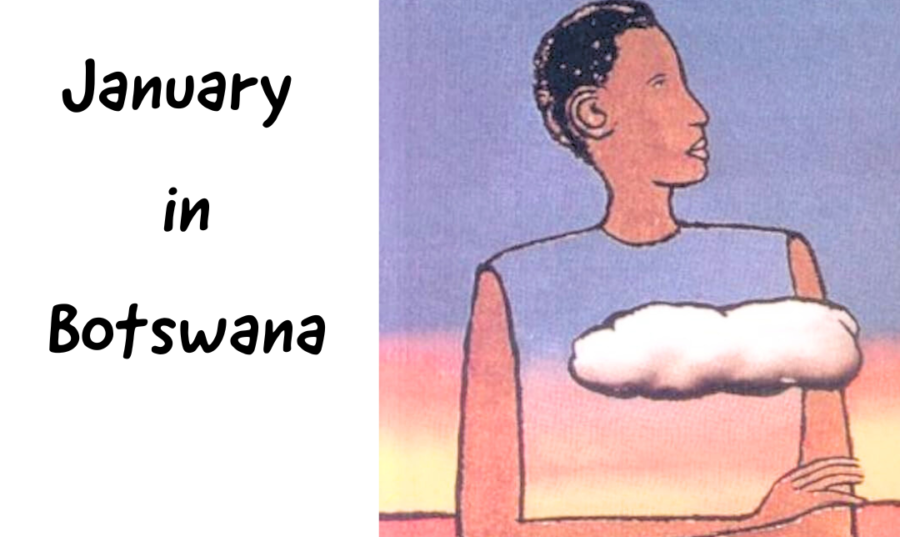“The Tyre” by C.J. Dubois caught my attention with its brilliantly hued cover. But what made me decide to read it was the fact that it’s a book set in India but written by a Frenchman. Surely, that combination is bound to be very interesting. And it didn’t disappoint. Thanks to NetGalley and the publisher I received an ARC for an honest review.
The story follows the life of Ranji and his family as they struggle to make a living by collecting wood to sell. But one day when a big tyre falls off a passing truck, Ranji is convinced that their fortunes are about to change.
That is the essence of this simple but well-told tale. The story is set in South India, “on the road to Kerala, between Radapakkam and Puttur” where Ranji, his wife Meena, son Santosh, and daughter Surya live in a small hut. Ranji spends his days collecting wood for a living while Santosh has left for a nearby city seeking a better job. But despite their poverty, the family leads a happy, relatively worry-free life. Until the tyre comes into the picture. Ranji becomes obsessed with it because a holy man tells him that he would be able to sell it for more than Rs 5,000 (~US$ 75), which is a princely sum to come by.
The tyre becomes a thread that strings all the characters together and their individual stories. We learn how Santosh manages to find work and be successful. We learn how Meena, although illiterate like Ranji, is a shrewd woman who finds independence and her own path in life. We see how Ashok, who lusts after Meena, is sucked into Ranji’s life in different ways and becomes a part of it.
All these interesting people are set against a canvas of larger themes that address the inequalities in caste, money, and education that India continues to grapple with. I enjoyed reading The Tyre with its cast of charming and endearing people. Ashok included. It’s an Everyman’s tale with all the hardships, joys, and conflicts that we face in daily life, and can identify with.
Admirably, Dubois seems to have got a lot of the details right in the overall picture of India. But there are many instances where a mix up between North and South India is evident although the story is set in the latter. For instance, names like Ashok Kapoor and Amresh Lal Nayar, the term “kheti”, which is used to refer to a field/farm, and the fact that Santosh’s mother packs pani puri (a snack that cannot be “packed” in the first place!) for him are all examples of Dubois getting the setting wrong. All of the examples above point to the culture of North India, and feels alien when the story is set in the South.
Some things, I felt, were just plain made up. Santosh’s full name is Santosh Firtavel, which is not an Indian surname at all as is the exotic sounding name Jaigin. Radapakkam does not exist but Kadapakkam does. And then there is a reference to festivals, which brings together the whole of South India into the picture.
“Almost every month offered an opportunity for some kind of observance: the celebration of Vishnu, Banashankari, Carnatic music festival, Pooram, Aradhana, the festival of chariots, Ararat festival, the snake-boat race of Kottayam…”
I might be nitpicking but for an Indian reader these misrepresentations stand out glaringly. Dubois seems to have drawn from his overall experiences living in India to build up these references. And while it was jarring initially, as Ranji’s friend Vicash says, “in the end you get so used to it that you almost forget about it.”
Dubois’ effort in writing an evocative novel about India is commendable and so is E.C. Huntley’s translation. I did find this book enjoyable and an easy read once I got past the details and focused on the larger story.
Verdict: Pick it up for a novel experience (pun not intended)
Rating: 3.5/5



